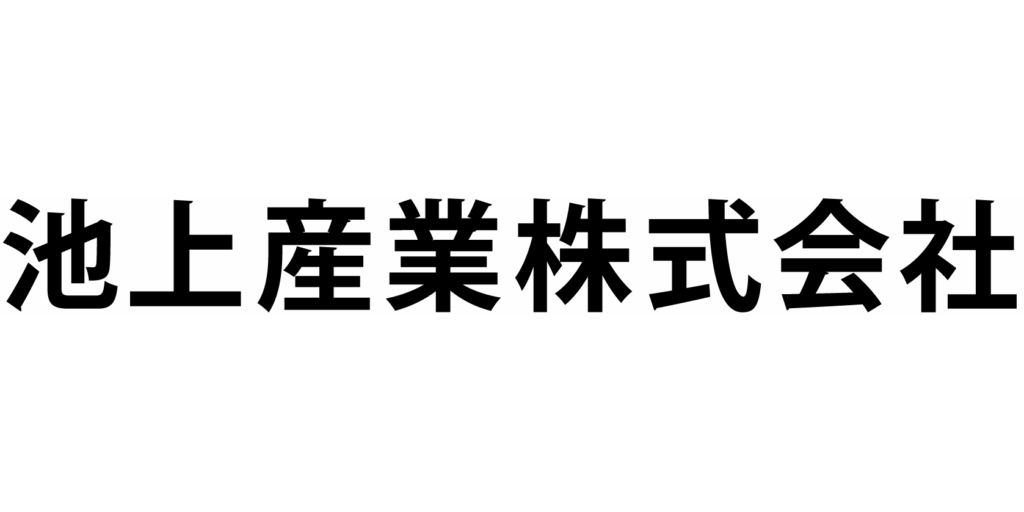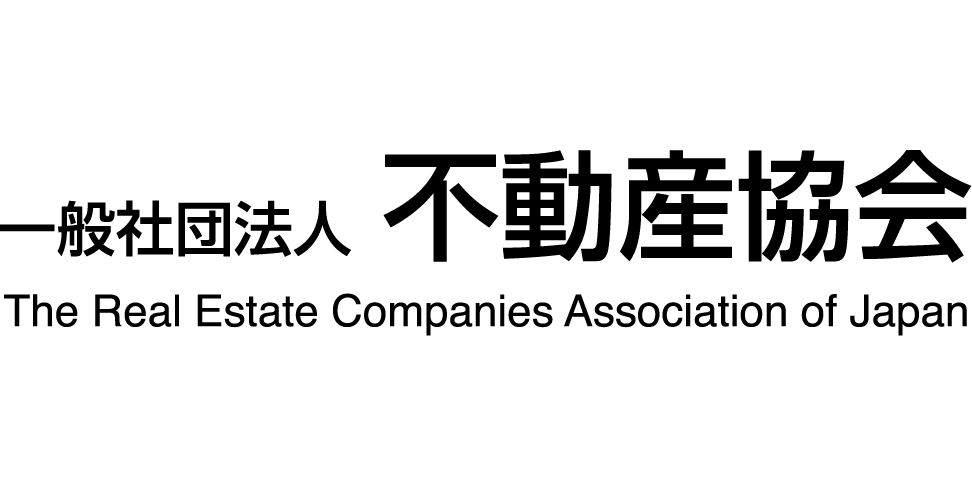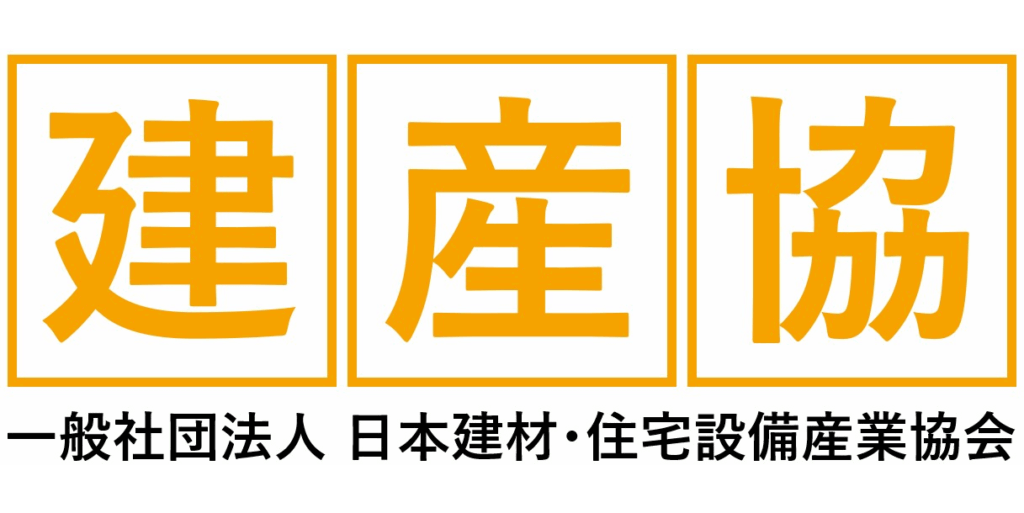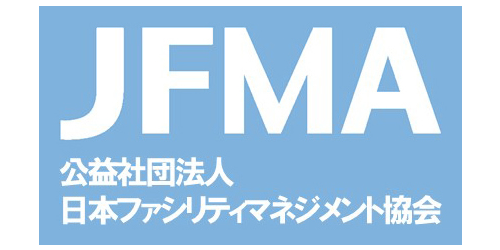The Future of Circular Architecture and Society
~Exploring the Potential of Green Buildings in a Circular Economy~
As the world faces urgent global challenges – ranging from climate change and biodiversity loss to environmental pollution, water scarcity, resource overconsumption, and deepening economic and social inequalities – the circular economy emerges as a vital key to unlocking sustainable solutions, where the lifecycle of building material contributes significantly to embodied carbon emissions.
GBJ Symposium 2025 will serve as a platform to collectively explore the principles and practices of the circular economy, to envision a future where circularity drives the co-creation of a resilient society, and directly to address the urgent need to reduce both operational and embodied carbon.
Yasushi Kinoshita
Chairperson, Green Building Japan
Representative Member, Eminence Partners G.K.
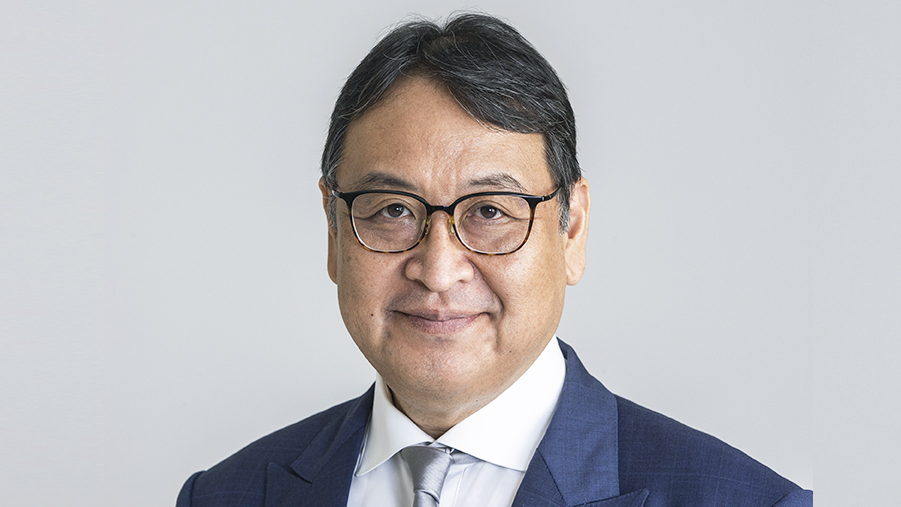
Jing Wang
Vice President of USGBC & GBCI North Asia
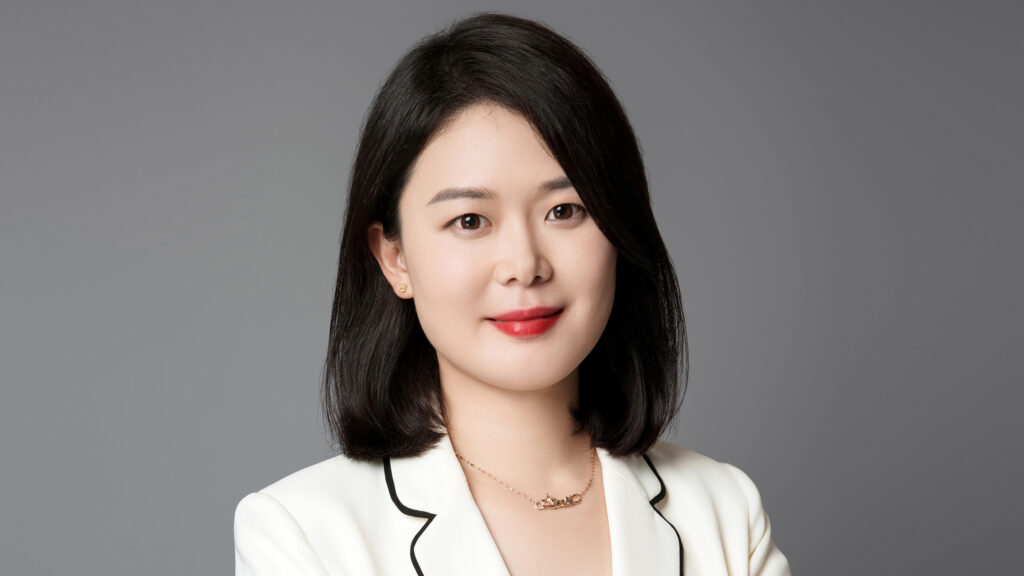
The awards ceremony will be held from October 2024 to August 2025.
[Presenter]
Andy To
Managing Director of USGBC & GBCI North Asia
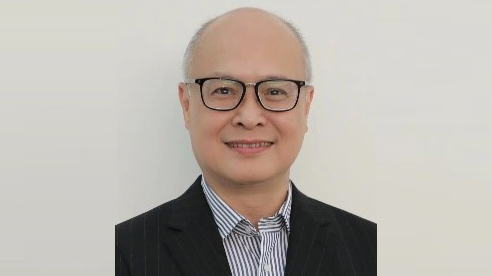
Designing the Circular Future: Architecture, Society, and the Next Frontier.
Realizing a circular economy requires a fundamental shift away from the traditional linear model of “take, make, dispose.” It calls for a transition to a new system that reduces waste and pollution, circulates resources, and regenerates nature—bringing benefits to people, the economy, and the environment.
This program consists of two parts. In Part 1, leading panelists will present concrete initiatives from their respective fields, exploring circularity through diverse perspectives such as conceptual frameworks, architecture, and societal systems. In Part 2, companies that have begun engaging with circular economy practices will join the discussion. Together with insights from green building, they will explore multifaceted approaches that span across scales. Through the intersection of knowledge across disciplines, the program aims to uncover new possibilities for co-creating a circular society and economy that connects to the future of our built environment.
Part1 : Opening and Presentations (75mins)
- Circular Economy Concept/Mechanism: Akihiro Yasui (Author of “LEARNING BY DOING, CIRCULAR ECONOMY” [Gakugei Shuppansha])
- Architecture: Yosuke Komiyama (Junior Associate Professor, Kyoto University)
- Social Implementation: Terumi Azuma (Representative Director, NGO amu)
Intermission(10mins)
Part2 : Panel discussion with all speakers (65mins)
[Corporate Initiatives]
- Koek Seng Chye (President, Schueco Japan K.K.)
- Masahide Ban (Design Lead/Manager, Hitachi, Ltd. Design Center UX Design Division)
[Panel Discussions with all speakers]
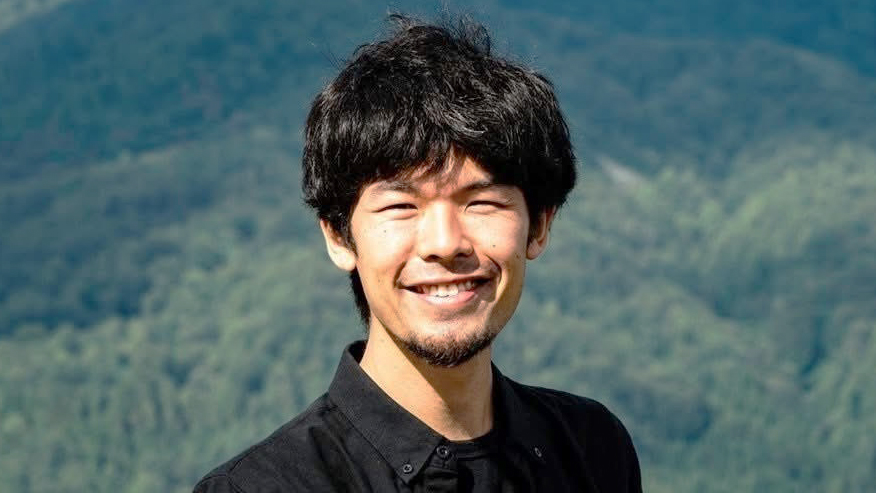
Akihiro Yasui
Author of “LEARNING BY DOING, CIRCULAR ECONOMY” [Gakugei Shuppansha]
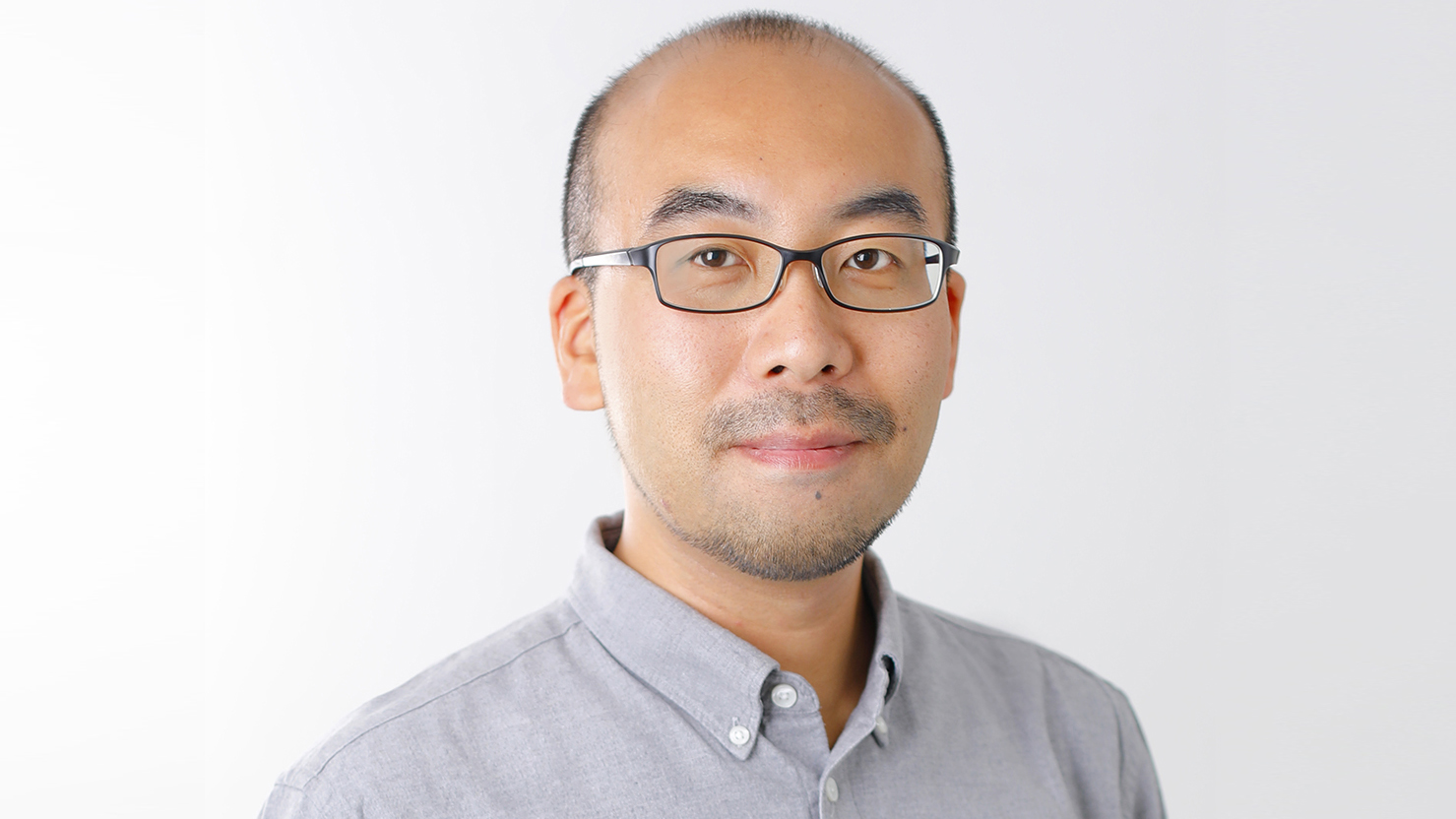
Yosuke Komiyama
Junior Associate Professor, Kyoto University
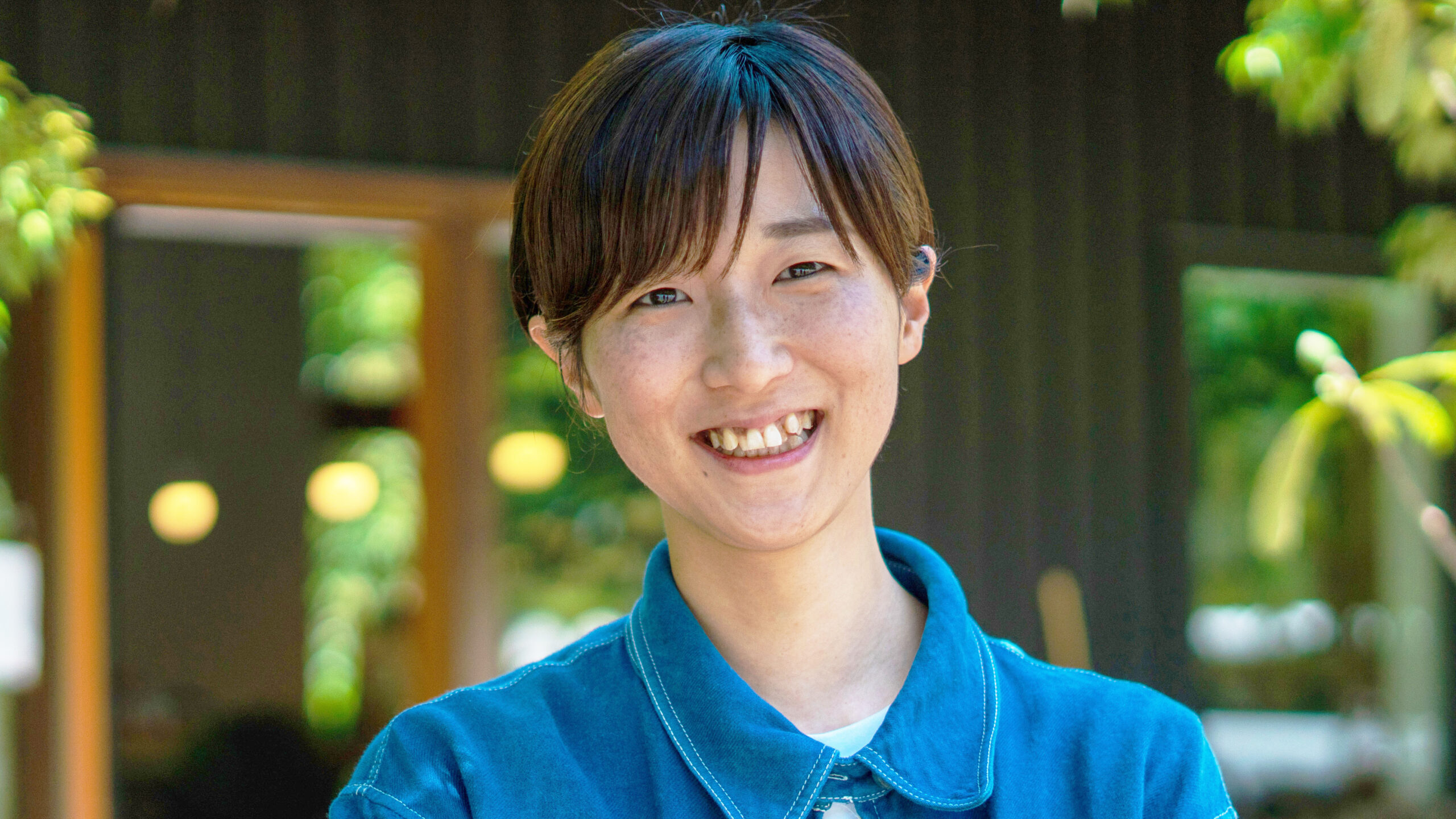
Terumi Azuma
Representative Director, NGO amu
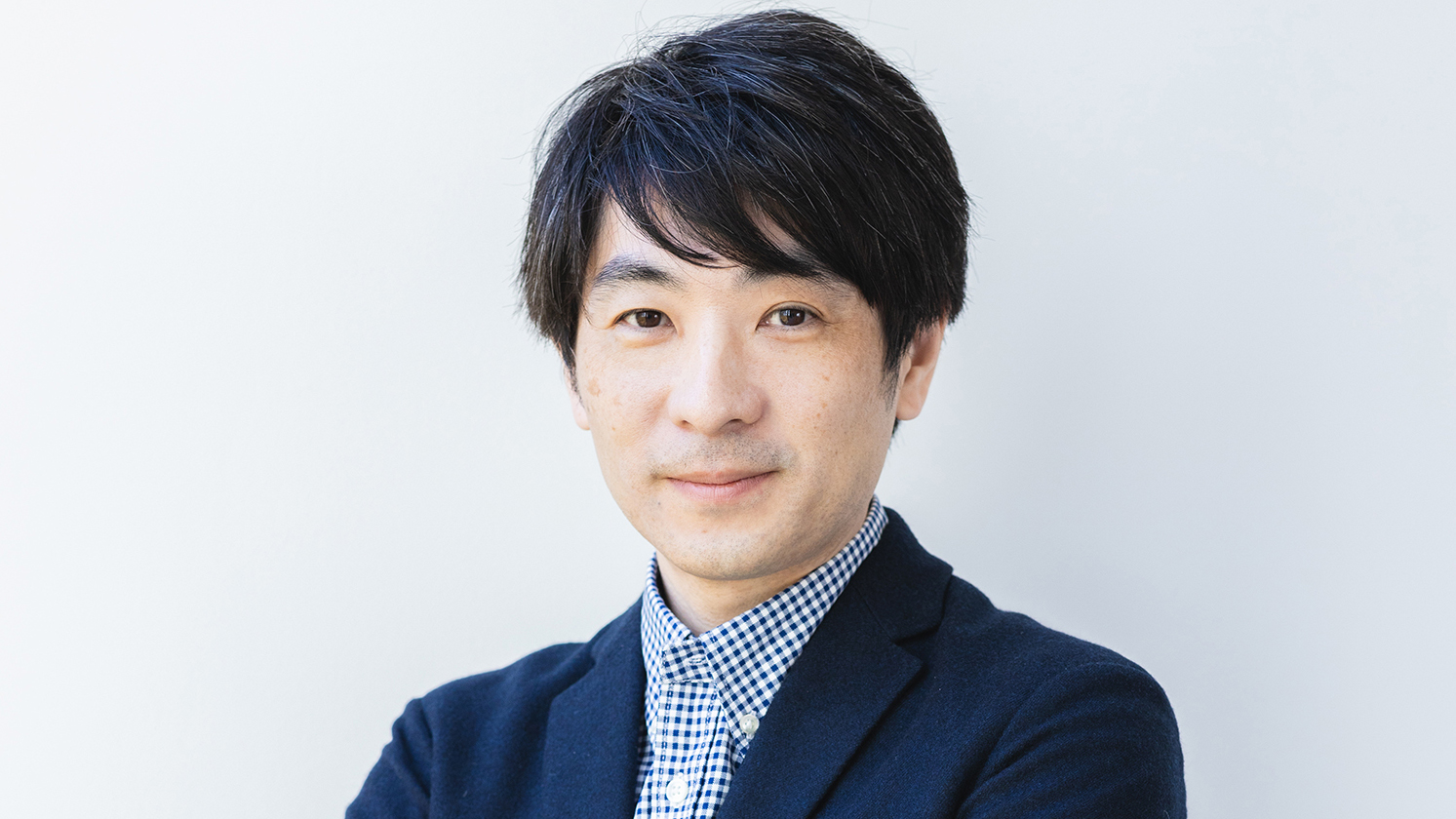
Masahide Ban
Hitachi, Ltd. Design Center UX Design division Design Lead/Manager

[Facilitator]
Atsuko Saito
GBJ Steering Committee Member
KOKUYO Co., Ltd.
Director, Future Center Alliance Japan
Shoko Minami
Director, Green Building Japan
Nikken Sekkei Construction Management, Inc.
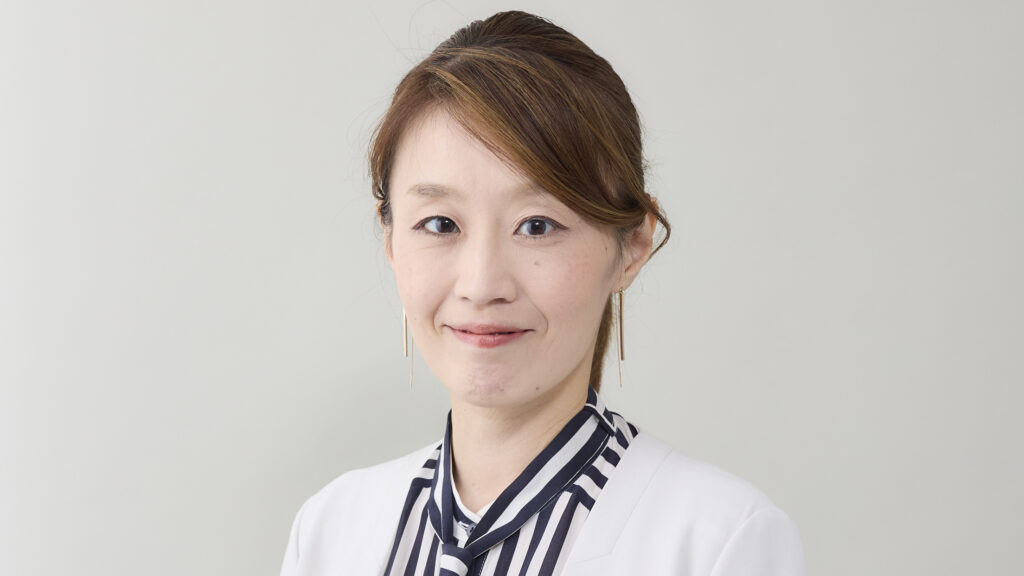
※In order to reduce waste at the symposium venue, no beverages will be provided to participants during the lectures.
[CE hour Webinar]
LEED AP(米国のグリーンビルディング専門家の資格)の継続教育(CE)制度の自己研鑽時間に使用できる有料(¥3,000)オンデマンドウェビナー。
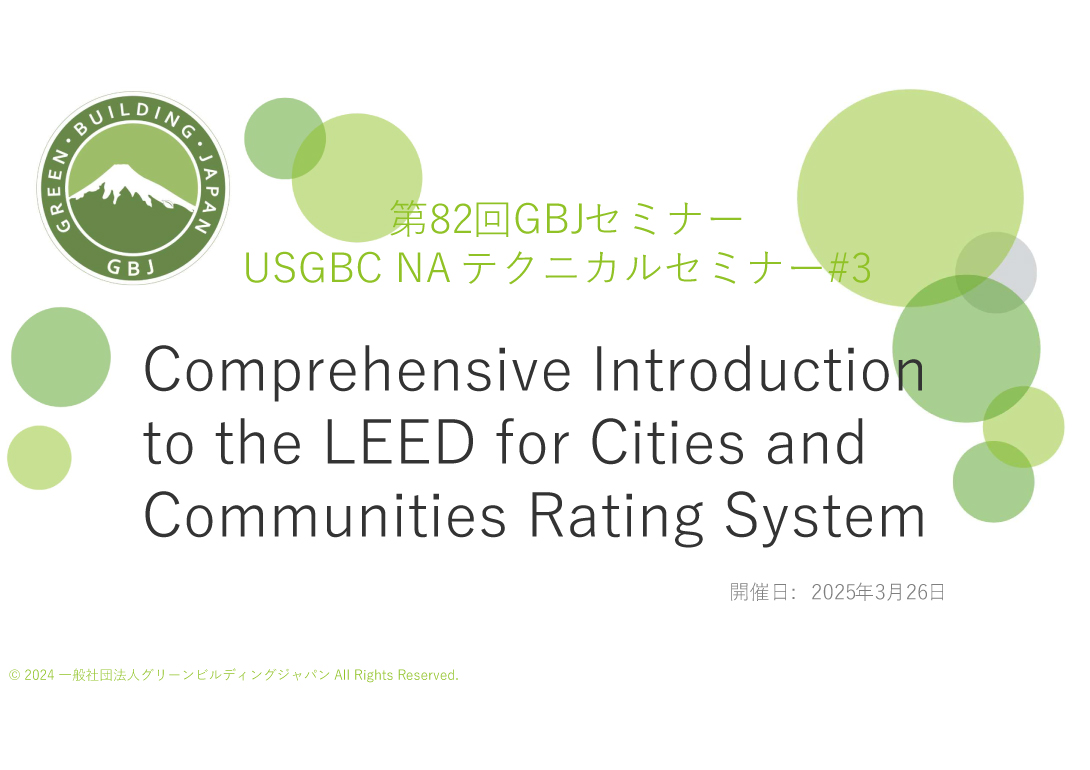 Comprehensive Introduction to the LEED for Cities and Communities Rating System
Comprehensive Introduction to the LEED for Cities and Communities Rating System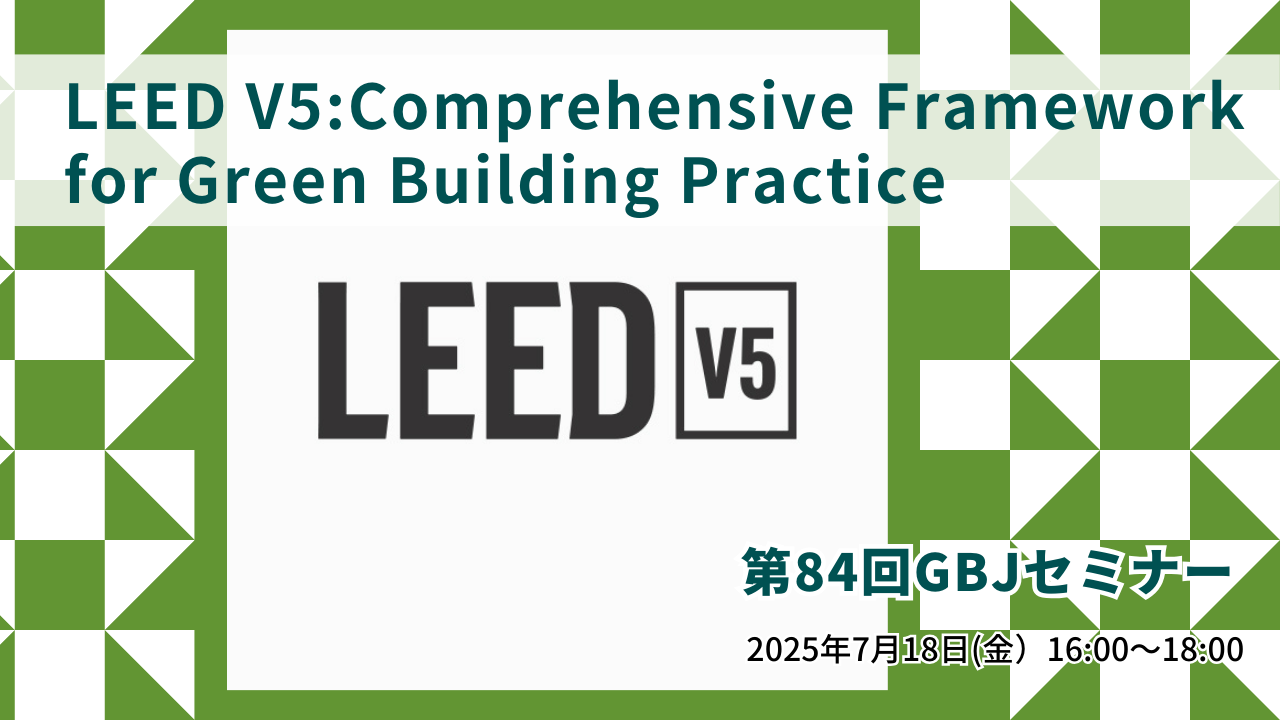 LEED V5: Comprehensive Framework for Green Building Practice
LEED V5: Comprehensive Framework for Green Building Practice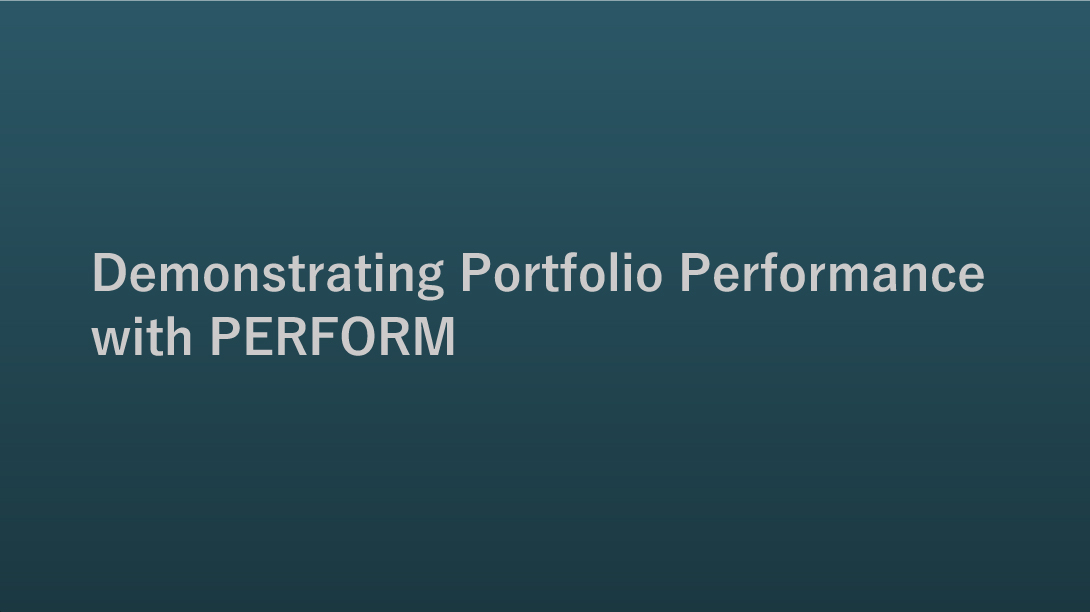 Demonstrating Portfolio Performance with PERFORM
Demonstrating Portfolio Performance with PERFORM[無料コンテンツ]
参加企業による視聴無料コンテンツもございます。

Exhibitions by sponsoring and participating companies, GBJ LCA learning group exhibitions, pilot experiment for ZERO waste goals with TRUE.
[Exhibitors] ※Order of application
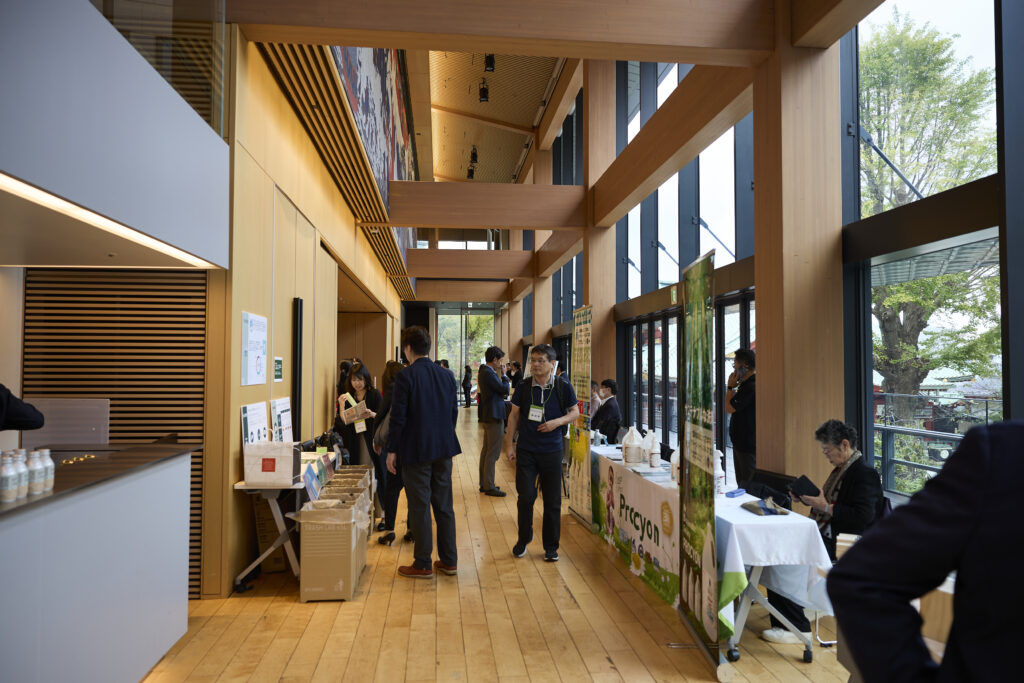
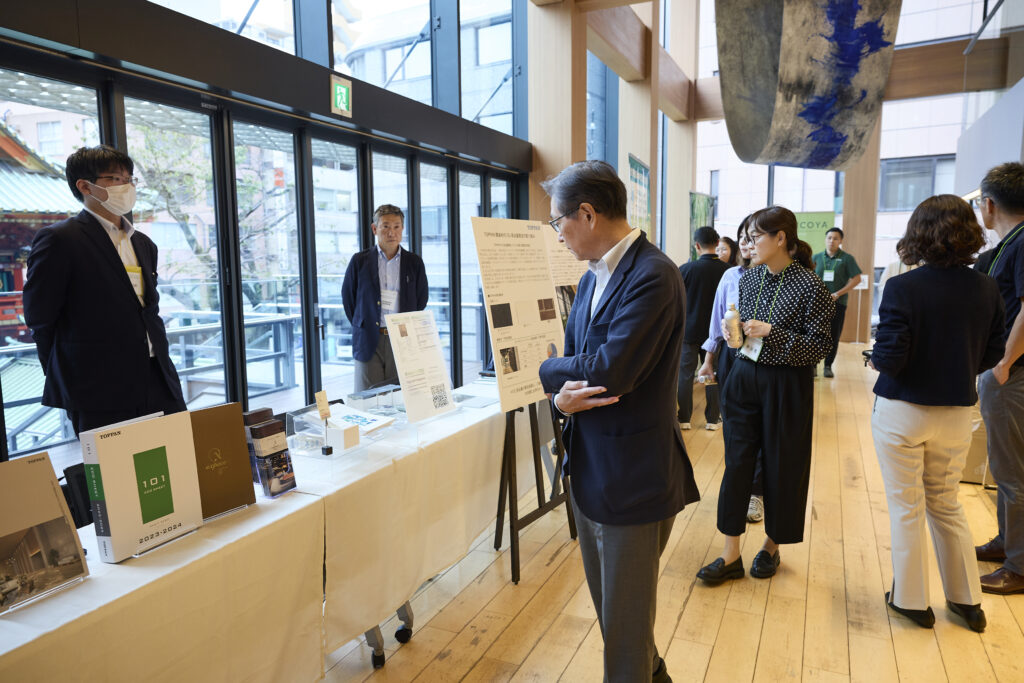
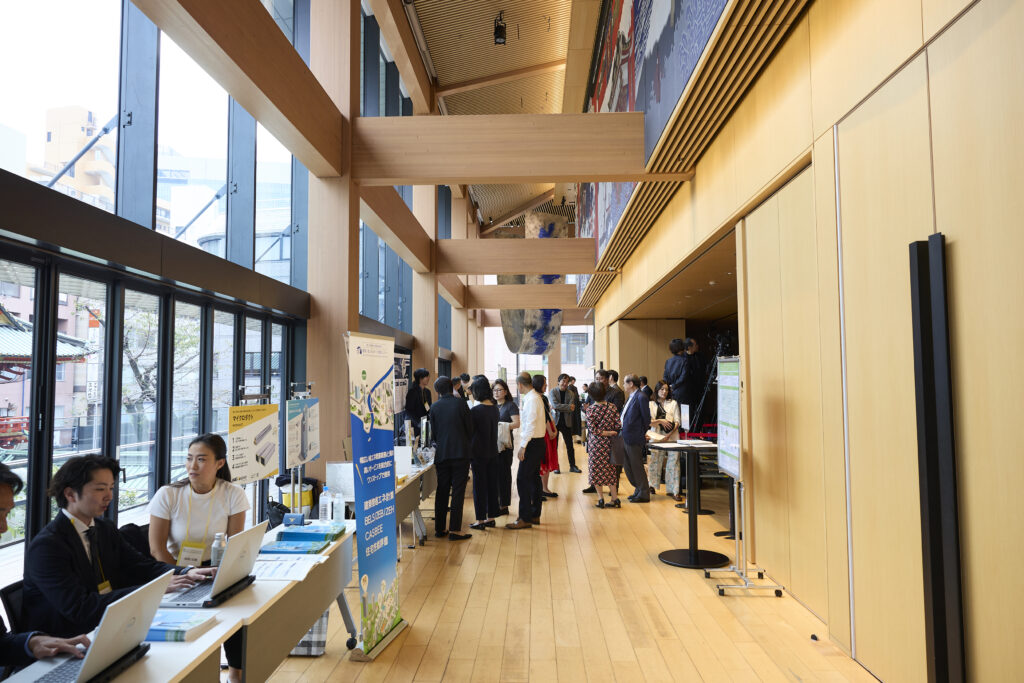
※The photos are from last year’s exhibition.
※In consideration of reducing waste at the symposium venue, no beverages will be provided to participants at the exhibition venue.
Kanda Myoujin Hall
Kanda Myoujin Cultural Exchange Center 2F, 2-16-2 Sotokanda, Chiyoda-ku, Tokyo 101-0021
(website)
5-minute walk from Ochanomizu Station on the JR Chuo Line, Sobu Line, and Tokyo Metro Marunouchi Line
5-minute walk from Shin-Ochanomizu Station on the Tokyo Metro Chiyoda Line
5-minute walk from Suehirocho Station on the Tokyo Metro Ginza Line
7-minute walk from Akihabara Station on the JR Keihin-Tohoku Line, Yamanote Line, and Tokyo Metro Hibiya Line
※As part of our environmental considerations, this symposium is striving to reduce the environmental impact caused by automobiles. We ask that you use public transportation whenever possible when attending the event.

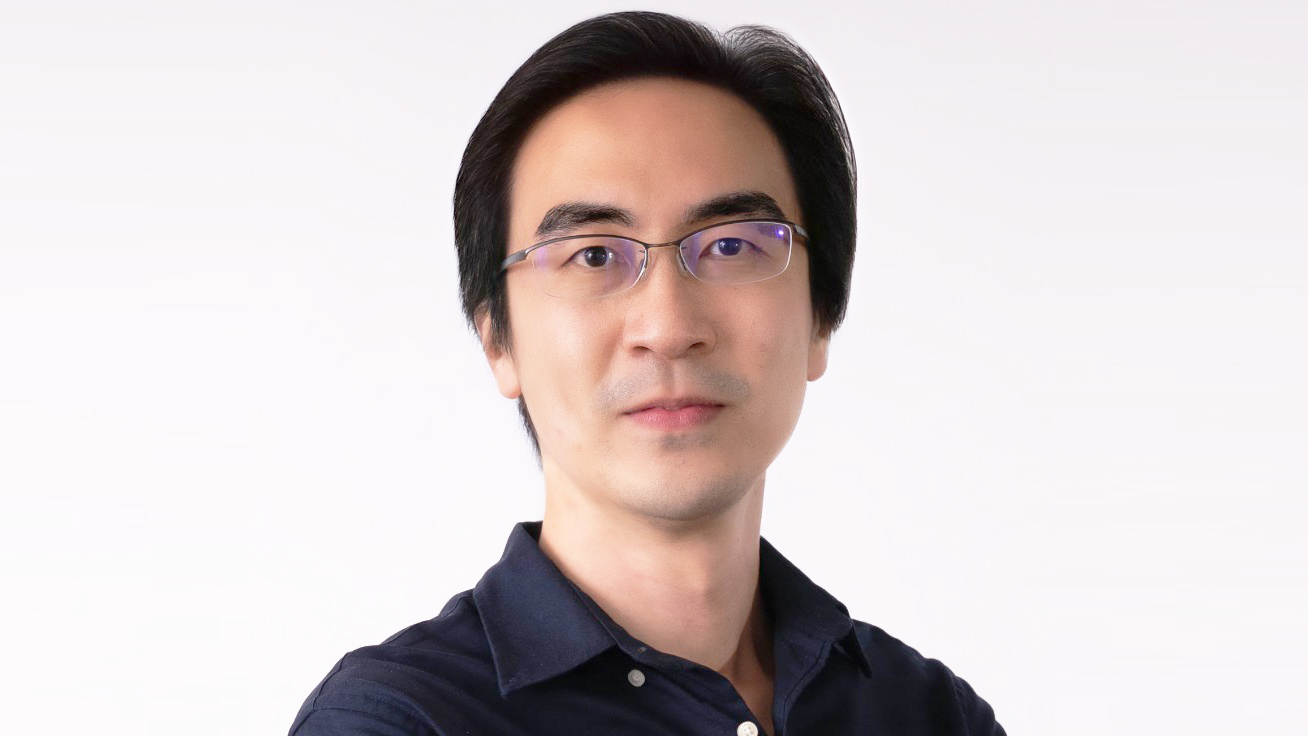
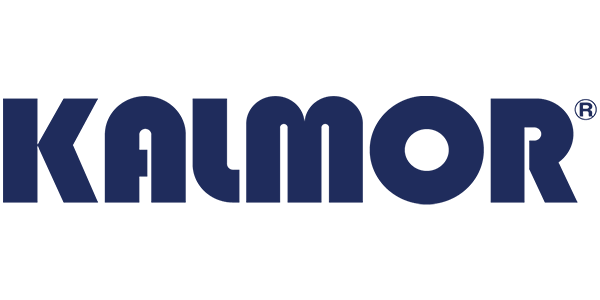
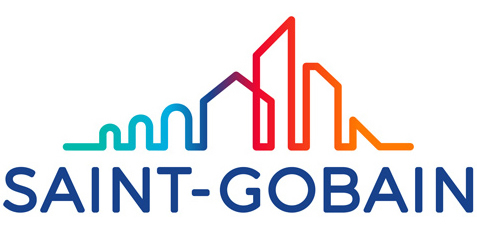

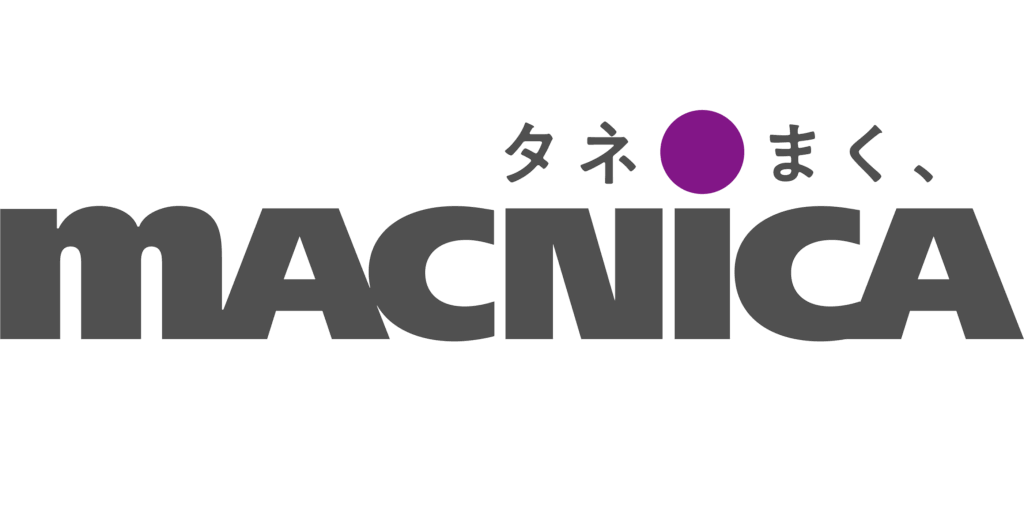
_カラー-1024x498.jpg)
